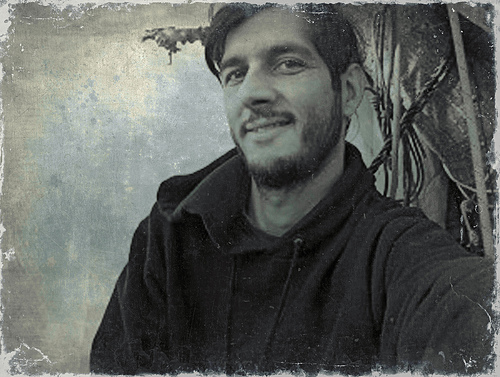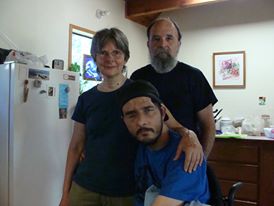Tag: Israeli High Court of Justice
-
New court dates for Tristan Anderson’s civil trial against Israeli military
6th September 2013 | justice4tristan | Jerusalem New trial dates have been set for Tristan Anderson’s civil case against the Israeli Military. The new dates follow a recent ruling from the High Court of Israel forcing the Israeli Police to re-open their investigation into the near fatal shooting, which occurred when Israeli Border Police opened fire…
-
High Court orders state: Reopen probe of U.S. citizen wounded in West Bank protest
10th July 2013 | Haaretz | Jerusalem Court responding to petition charging that nobody questioned the Border Police soldier who fired the tear-gas canister that cracked Tristan Anderson’s skull in 2009. Israel’s High Court of Justice on Wednesday ordered investigators to reopen their probe into the incident of a Border Police officer who shot a…
-
Parents of Tristan Anderson, US activist critically wounded following West Bank protest, appeal to High Court of Israel
9th July 2013 | Justice for Tristan | Jerusalem Parents of US Activist Critically Wounded Following West Bank Protest Appeal to High Court of Israel: The Police Investigation was Shockingly Negligent – Demand a Serious, Professional Investigation into the Shooting of their Son. Tristan Anderson (41, of Oakland, CA) was severely wounded after having been…


